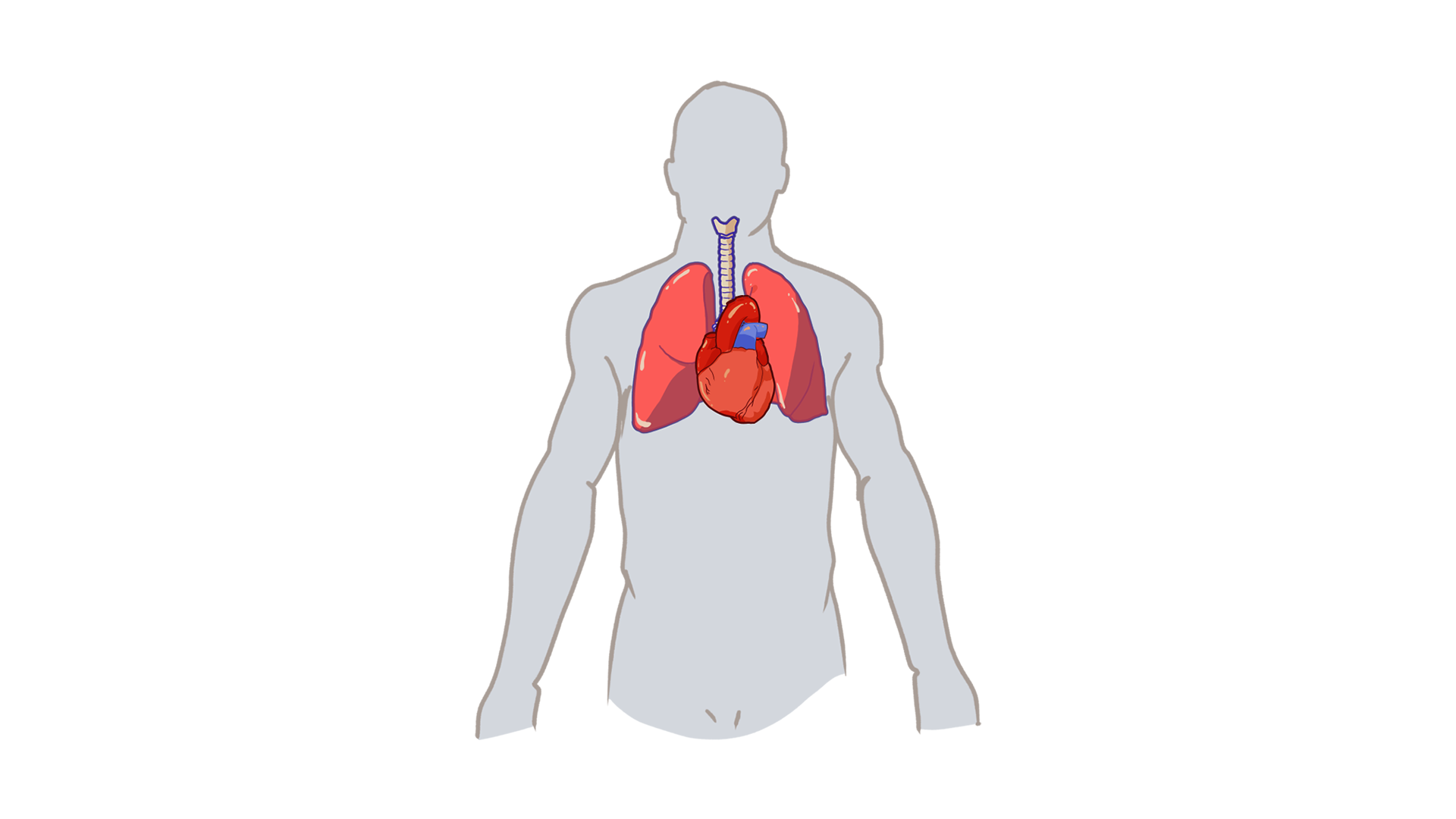
Diseases like asthma, pneumonia, obstructive lung diseases (COPD), tuberculosis, emphysema, respiratory infections, hay fever, and signs like cough, hemoptysis, stridor, hoarse voice cannot be diagnosed and managed until you understand the mechanisms of the respiratory systems.
This module contains some of the world's best respiratory mechanisms topics.
Refresh your learning about the anatomical and physiological dead spaces — the concepts of shunts, the type of shunts, and the mechanisms of pulmonary shunts.
Learn the definitions and calculations of various lung volumes and capacities. This understanding is paramount when looking at the pulmonary function tests (PFTs) for the patients undergoing surgeries, experiencing allergies, asthma, COPD, etc. Without knowing the PFTs inside out, one cannot differentiate and diagnose diseases that may need very different management approaches and have different prognosis.
Learn important types of breathing patterns like Cheyne-Stokes breathing, Kussmaul breathing, apneustic breathing, etc.
Learn the pressure dynamics during quiet and forced respiration. These dynamics are essential especially when managing assisted ventilation.
Learn the mechanism and the difference between the positive pressure ventilation (PPV) and the positive end-expiratory pressure ventilation (PEEPV).
Learn the mechanism of pneumothorax.
Learn the atmospheric gas composition, the gas composition of the expired air from the lungs. And, the gas composition of the lungs in various diseases. This set of concepts is critical to help patients that are critically ill and are depending on you to help them fight.
Learn the mechanism of alveolar ventilation, blood gases, and measurement methods.
Learn the normal protective mechanisms of the lung surfaces that are disrupted by infections, allergies, and other pathologies.
Dead Spaces and Ventilation Rates
40m 43sIntroduction to Gas Exchange
44m 17sDead Spaces and Ventilation Rates
40m 43sLung Capacities and Volumes
21m 57sAbnormal Breathing Patterns
07m 13sQuiet Breathing Cycle
13m 04sMuscles of Breathing
33m 43sForces on the Lung System
39m 57sForces on the Lung System Review
16m 28sPneumothorax
12m 51sPositive Pressure Ventilation
16m 45sLung Compliance
32m 47sPulmonary Pressure and Flow Resistance
26m 32sFick's Principle
20m 49sTransport of Gases
25m 05sOxygen Dissociation Curve
41m 23sCO2 Transport
15m 05sBohr Effect
08m 25sVentilation Perfusion Ratio (V/Q)
29m 43sHaldane Effect
07m 58sPulmonary Function Tests (PFTs)
29m 55sRegulation of Breathing
32m 41sProtective Mechanisms against Pneumonia
19m 44s9 hr 37 min
23 Lectures
Certificate of Completion
All information contained in and produced by DrBeen corp is provided for educational purposes only. This information should not be used for the diagnosis or treatment of any health problem or disease.
THIS INFORMATION IS NOT INTENDED TO REPLACE CLINICAL JUDGMENT OR GUIDE INDIVIDUAL PATIENT CARE IN ANY MANNER.
Click here for notice and disclaimer.